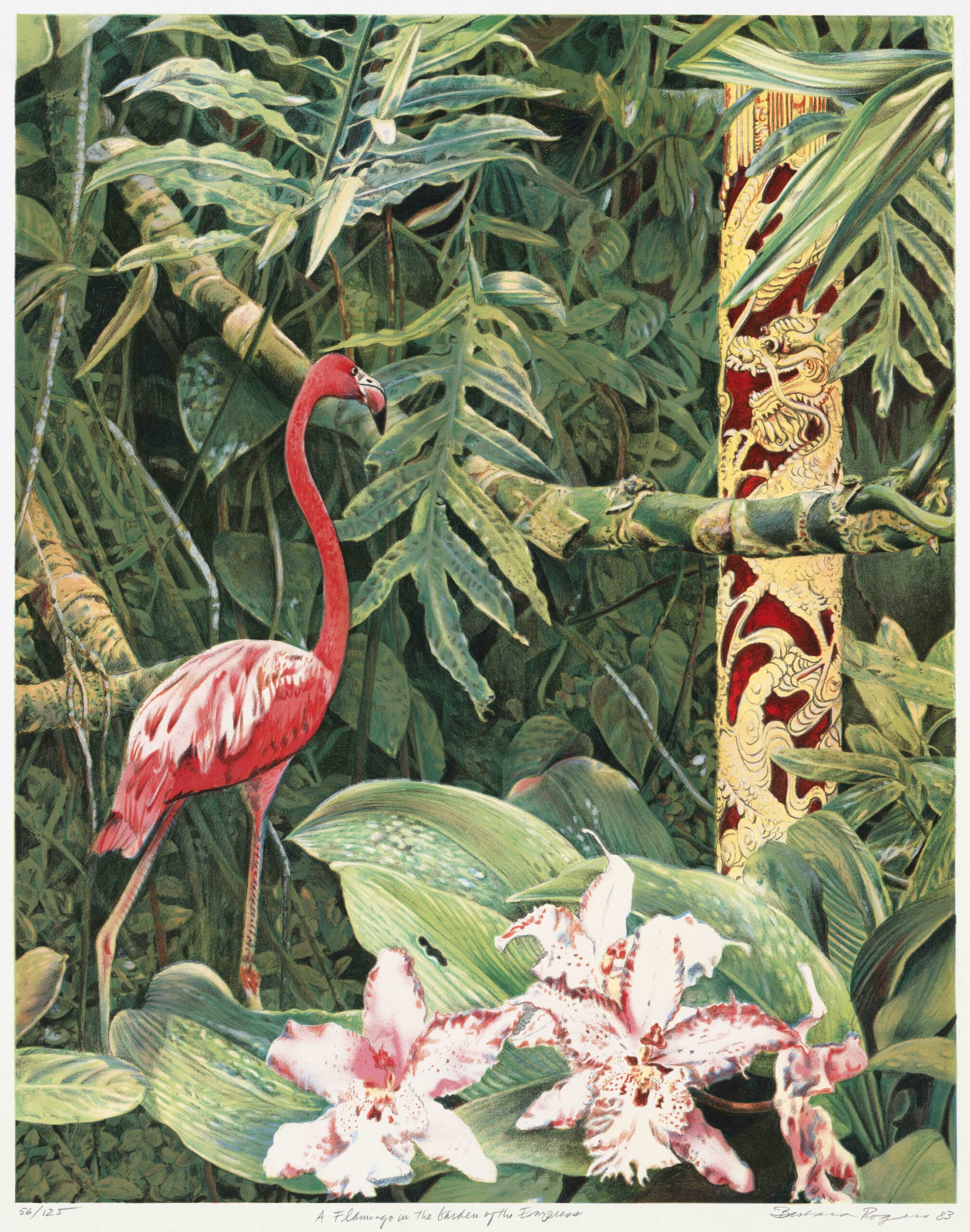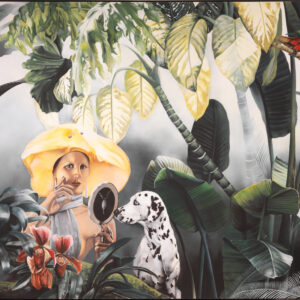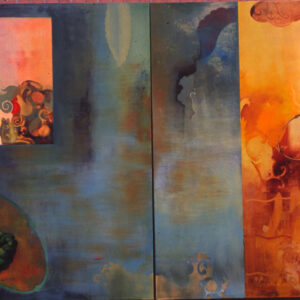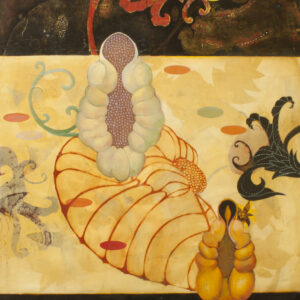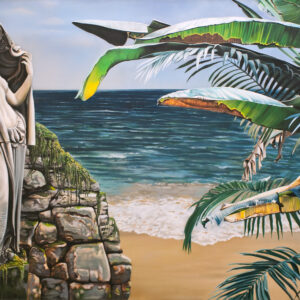A Flamingo in the Garden of the Empress
A Flamingo in the Garden of the Empress
Barbara Rogers
A Flamingo in the Garden of the Empress, 1983
13 color plate lithograph
30 x 22.5 inches
76.2 x 57.2 cm
Questions about this piece? Send us a message!
Additional information
| Dimensions | 30 × 22.5 in |
|---|
